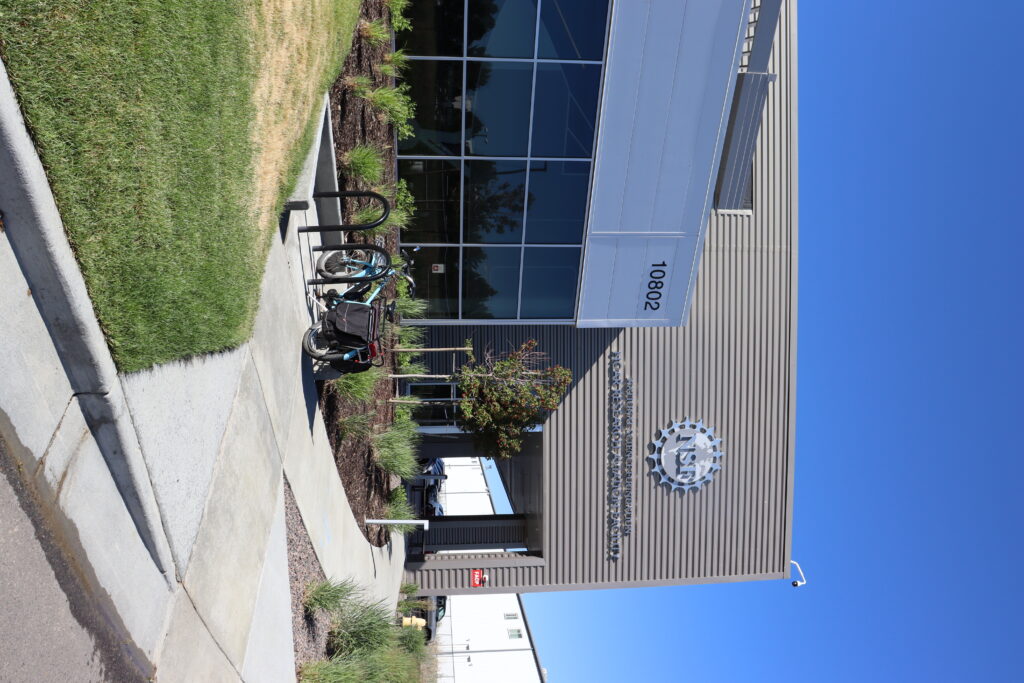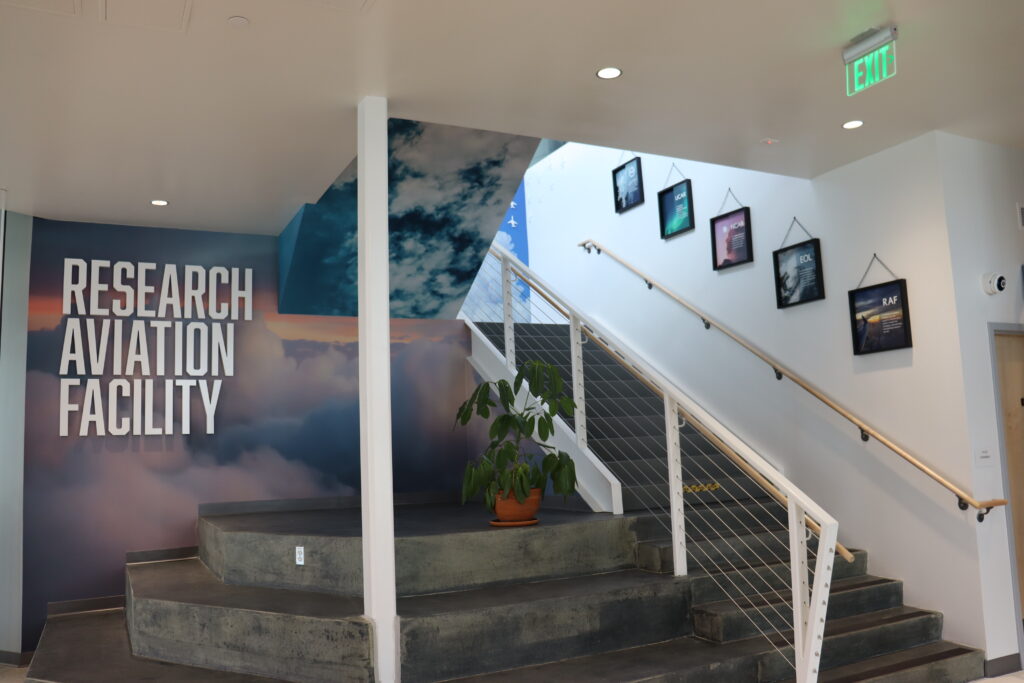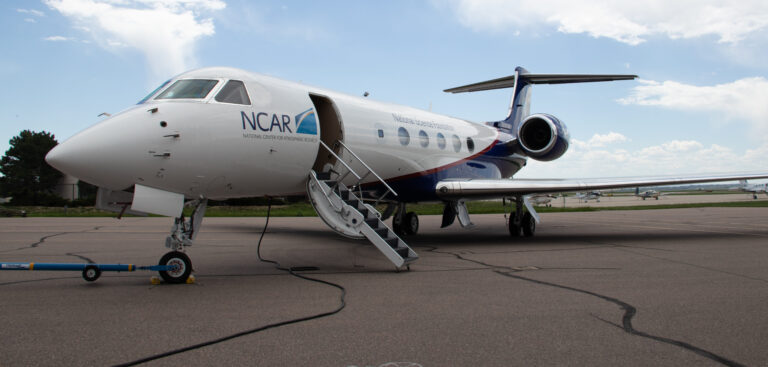The US National Center for Atmospheric Research (NCAR) has completed the reconstruction of a research facility in Colorado that supports airborne meteorological projects globally.
Funded by the US National Science Foundation (NSF), the new US$25m Research Aviation Facility (RAF) expands NCAR’s capacity to support critical field projects that lead to advances in weather, water, climate and air quality research.
Replacing the previous aviation facility that was more than 50 years old, the 42,931ft2 (3,988m2 ) building in Broomfield, Colorado, houses around three dozen permanent staff, including scientists, engineers, instrument technicians and flight operations experts, with additional space for visiting scientists.
Antonio Busalacchi, president, University Corporation for Atmospheric Research (UCAR), said, “RAF has always enabled researchers from universities and institutions across the country and the world to engage in cutting-edge research, the results of which have bolstered society’s ability to better prepare and respond to weather and climate threats. This updated building enhances our ability to provide critical support for these research projects, which are more important now than ever.”
UCAR is a non-profit consortium of 122 North American colleges and universities focused on research and training in Earth system science. UCAR manages NCAR on behalf of NSF.
Alexandra Isern, NSF’s assistant director for geosciences, said, “NSF is so pleased to support and to be part of the opening of this impressive facility. The new RAF will serve as a vital resource for our scientific community. The aircraft and equipment housed in the RAF enable research and data collection that will improve our weather and climate predictive capabilities, leading to increased public safety and economic security.”
RAF is home to two research aircraft owned by NSF and operated by NCAR: a Gulfstream V and a C-130. In the last decade, these flying laboratories have helped scientists study wildfire plumes to investigate how smoke impacts weather, air quality and climate; sample air over the Southern Ocean to shed light on how much carbon the icy waters in the region are able to store; chase solar eclipses to take rare measurements of the Sun’s corona from above the clouds; and catalog emissions from industrial facilities, motor vehicles, agricultural operations, oil and gas drilling and other activities on Colorado’s Front Range; among other important campaigns.
This summer, the newly updated RAF supported several important campaigns, including the Asian Summer Monsoon Chemical and Climate Impact Project (ACCLIP) in South Korea, where the NSF/NCAR G-V aircraft is currently deployed. The project is studying how the monsoon – one of the largest and most important meteorological patterns in the world – affects atmospheric chemistry and global climate.
The new building serves as the nerve center for planning these campaigns. It has expanded lab space for calibrating scientific instruments as well as ample space for field campaign planning, briefings, logistics decisions and real-time remote participation in field projects.
Everette Joseph, NCAR director, said, “The observations from the field campaigns supported by RAF provide a wealth of valuable data, which we make freely available for scientists everywhere. It’s one of the most essential capabilities we provide the Earth system science community, and this new building will help us continue to support this important work for decades to come.”





